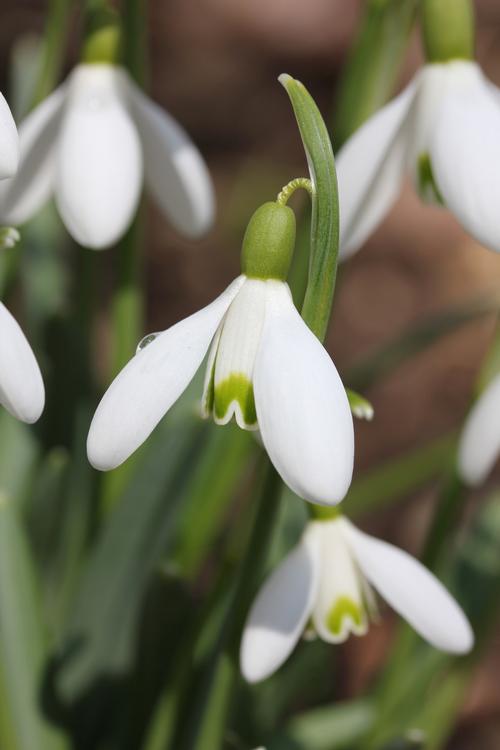
Spring-blooming bulbs prefer old-fashioned winters, when temperatures drop gradually, stay cold and then slowly warm up as spring approaches. But even with today's more erratic winter weather, these hardy and adaptable bulbs are proving to be remarkably resilient.
Tulips, daffodils and other fall-planted bulbs begin growing almost as soon as they are planted. During late fall and early winter, bulbs are developing their root systems and already starting to sprout. If the weather is unusually warm, these sprouts may rise to the soil surface and show a few inches of green.
This overly eager foliage can be damaged by extreme cold and drying winds, and may cause the tips of the leaves to turn brown. As long as the flower buds stay below ground, they are well protected from cold. If they rise above the soil surface, you can add a layer of mulch to help protect them.
If volatile spring weather is common in your area, consider mulching the soil surface after you plant in the fall. Several inches of straw, bark chips or evergreen boughs will provide good protection from extreme cold. It also keeps the soil temperature constant and shields premature sprouts from damage. The best time to apply a winter mulch is late fall, after the ground starts to freeze.


